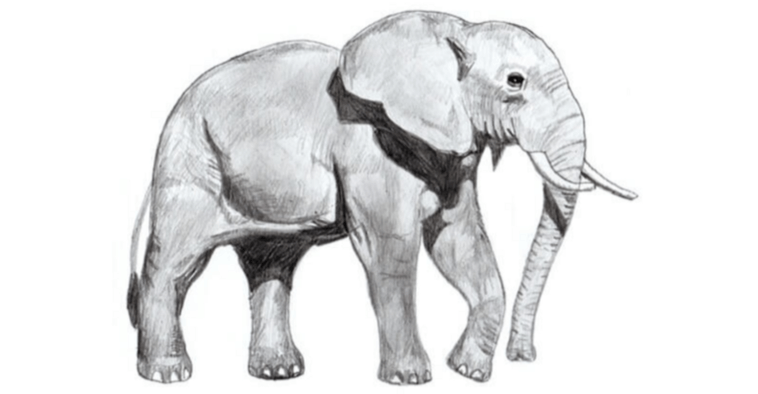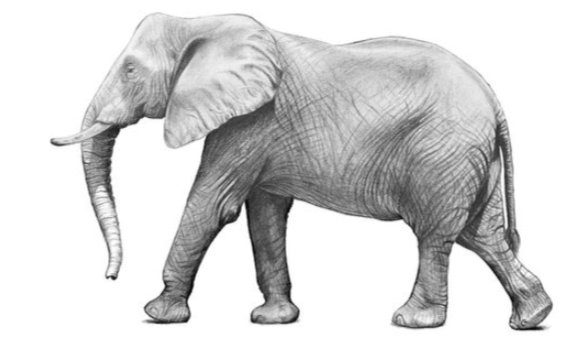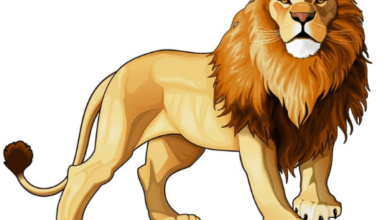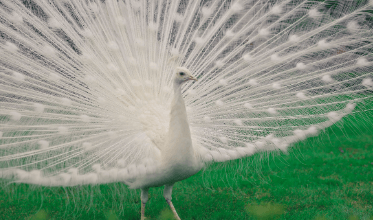Drawing:K4ihdmzbtqg= Elephants

Drawing:K4ihdmzbtqg= Elephants presents a unique set of challenges and rewards, rooted in a comprehensive understanding of their anatomy and behavior. Artists must pay careful attention to the intricate details of their structure, from the powerful trunk to the expansive ears, while also mastering techniques that effectively convey their majestic presence. Moreover, the choice of background can significantly enhance the narrative of the artwork. As one explores these elements, it becomes evident that the journey of capturing such grand creatures is as complex as it is fulfilling, inviting further exploration into the nuances of their representation.
Understanding Elephant Anatomy
To truly capture the majestic form of an elephant on paper, one must first delve into the intricate details of its anatomy.
Understanding the skeletal structure, including the proportional scaling of its massive limbs and graceful curves, is essential.
Observing the nuances in the elephant’s physique—the robust ribcage, expansive ears, and powerful trunk—provides artists with a deeper appreciation and insight into their dynamic form.
Read also Easy:Kia57eqmgtu= Unicorn

Essential Drawing Techniques
Mastering the art of drawing elephants requires a solid foundation in various techniques that bring their formidable presence to life on the page.
Begin with sketching basics, focusing on the elephant’s silhouette and stance. Employ proportion techniques to capture the majestic bulk and grace of these creatures, ensuring that each element harmonizes.
This disciplined approach allows for artistic freedom, enabling unique interpretations of their grandeur.
Capturing Texture and Detail
One cannot underestimate the importance of texture and detail in effectively rendering an elephant on paper.
Employing contrast techniques enhances the visual depth, while shading methods, such as cross-hatching or stippling, can evoke the majestic roughness of an elephant’s skin.
Observing the interplay of light and shadow allows artists to capture the creature’s grandeur, inviting viewers to appreciate its intricate beauty.
Adding Background and Context
Incorporating a thoughtfully chosen background can significantly enhance the overall composition of an elephant drawing, grounding the majestic creature in its natural habitat.
A rich habitat representation not only showcases the environment, such as savannahs or forests, but also emphasizes the cultural significance of elephants in various societies.
This context invites viewers to appreciate the intricacies of both the animal and its surroundings, fostering a deeper connection.
Conclusion
In conclusion, the art of Drawing:K4ihdmzbtqg= Elephants demands diligent dedication to detail and a deep understanding of their distinctive anatomy. Through the careful capture of contour and curvature, combined with thoughtful texture techniques, a compelling composition emerges. The integration of an appropriate background enhances the overall aesthetic, inviting viewers to appreciate the majestic magnificence of these magnificent mammals. Mastery in these methods not only enriches artistic expression but also fosters a profound appreciation for the wild wonders of the world.





